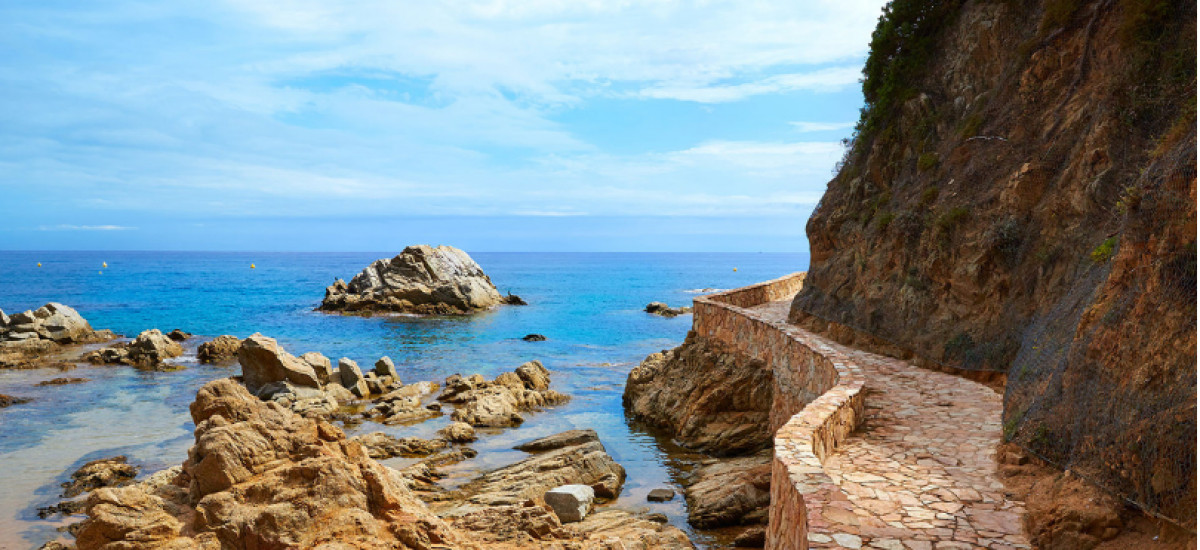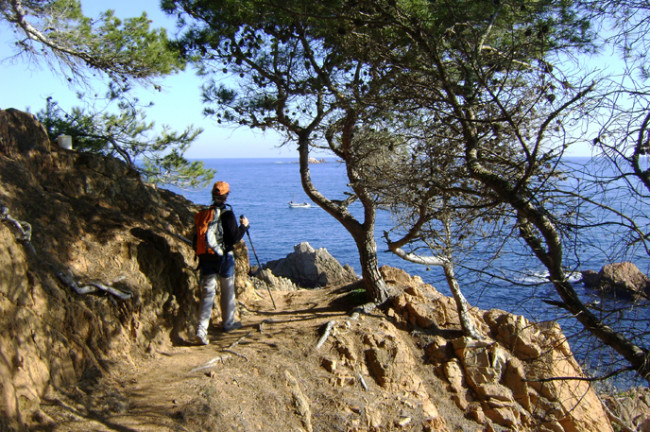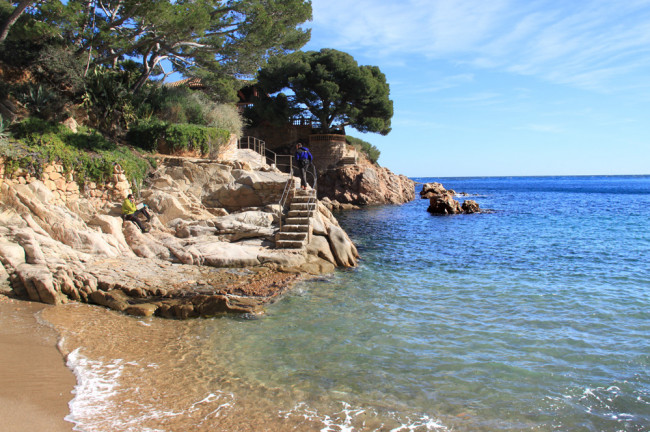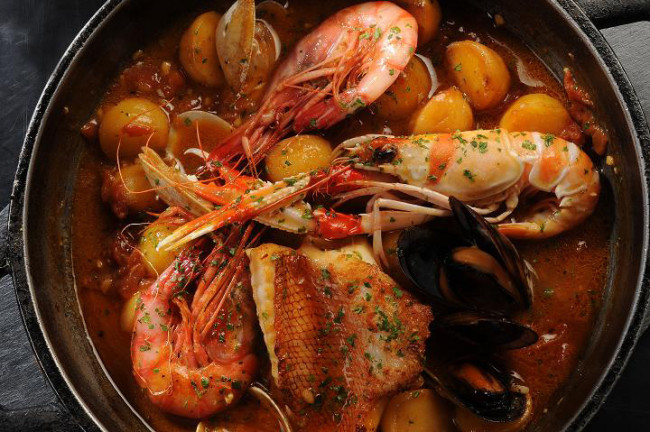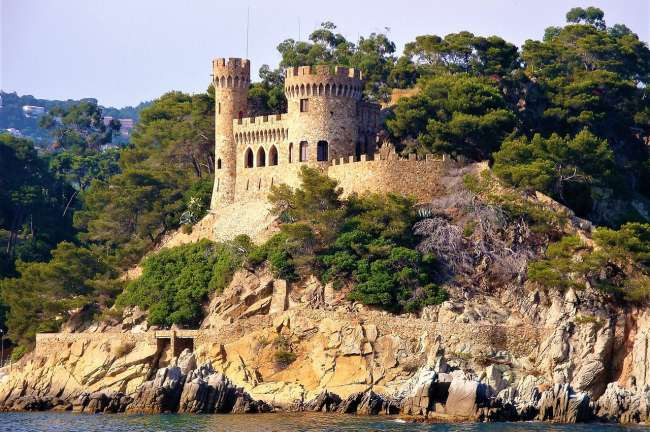
A LITTLE HISTORY OF RONDA
The Camí de Ronda joined, in many sections of the coast, the watchtowers that served to alert the arrival of pirates and corsairs, and avoid the berthing of suspicious ships that could bring infectious diseases. The communication of the different populations, beaches and coves of the coast also allowed the fishermen and sailors to return to their ports of origin in case of shipwreck. In the 19th and 20th centuries, the term “camí de Ronda” (Ronda roads) was coined to refer to the footpath built along the Costa Brava coast to help the Guardia Civil control the coast and stop smuggling. The smugglers looked for hiding places that were easily accessible by the sea but difficult to access by land to avoid these controls. These criminal activities had their peak during the postwar period, due to the isolation of Spain and the restriction and prohibition of products.
